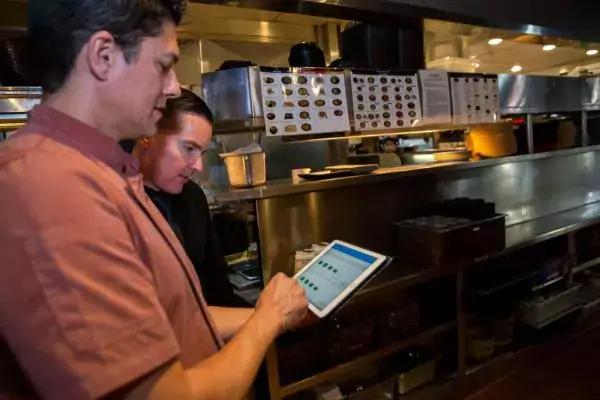Just a couple of years ago, it seemed like contactless payments—Apple Pay, Android Pay and Google Wallet—were the way of the future. These mobile payment systems rely on near-field communication (NFC) technology. Essentially, holding up your smartphone at the point-of-sale terminal digitizes and replaces the credit-debit card chip and PIN, or the (now outdated thanks to EMV) magnetic-stripe transaction at point-of-sale terminals. Just tap and go, and you’re on your way. Seems easy, right?
So why hasn’t this technology gained more traction? Computerworld recently interviewed industry analysts and asked them that very same question. Nitish Patel of Strategy Analytics narrowed it down to two reasons: 1. Conventional payments are not broken. 2. Consumers aren’t clear on the benefits of switching to mobile payments. Another analyst, Jordan McKee of 451 Research, put it even simpler: Mobile wallets haven’t yet proven they are measurably better than incumbent payment mechanisms, “which generally work quite well,” he added.
Indeed, getting the average U.S. consumer to adopt contactless payment technology may be like teaching an old dog new tricks. I have to admit, recent retailer hacks and ongoing credit/debit card fraud makes me think twice about using my card at certain locations like gas stations. But just because a technology is slow to take off doesn’t mean that it can’t be more widely accepted later. Case in point: the personal computer, which took decades to evolve and gain traction. Analyst Bryan Yeager of eMarketer told Computerworld that he believes we’re still in the early-adopter phase, while yet another analyst believes it will take another three years before NFC payment terminals are widely available in the U.S. Not surprisingly, the biggest adopters of mobile wallets are under the age of 35, according to a study by The Pew Charitable Trusts.
Three key facts about mobile payment technology from the Computerworld report:
- Not every store accepts mobile wallets.
- Coffee chain competitors Starbucks and Dunkin’ Donuts, as well as big-box retailer Walmart, are successfully using QR codes via smartphones for transactions.
- NFC payments have yet to integrate with loyalty/rewards programs in a way that incentivizes mass market adoption.
Where Retailers Are Responsible
While retailers may be at the mercy of payments industry forces, they do have direct control over one important aspect of the point-of-sale: The security of payment terminals.In a time of transition, when customers are increasingly concerned about adopting new technologies, make payments at your store a secure and smooth process. Security is a pillar of customer loyalty in the 21st century, and there’s simply no excuse for not regularly auditing payment terminals. If retailers regularly conduct POS audits, and are generally transparent about security policies and protocols, they will be better positioned to transition their systems—and their customers—to the next technology.
Zenput helps store-level employees ensure the functionality of payment systems and report issues to senior managers. Learn more about how Zenput helps retailers conduct their own security audits in our whitepaper, “Minimizing the Risk of ATM and Gas Pump Skimming with Security Audits." Or check out our Credit Card Reader Audit – POS Form by scheduling a demo. Related: ATM Skimming: An Old Battle in Need of a New Solution Prevent C-store Robberies With Regular Security Audits/InspectionsSubscribe to our blog
You are now subscribed!


